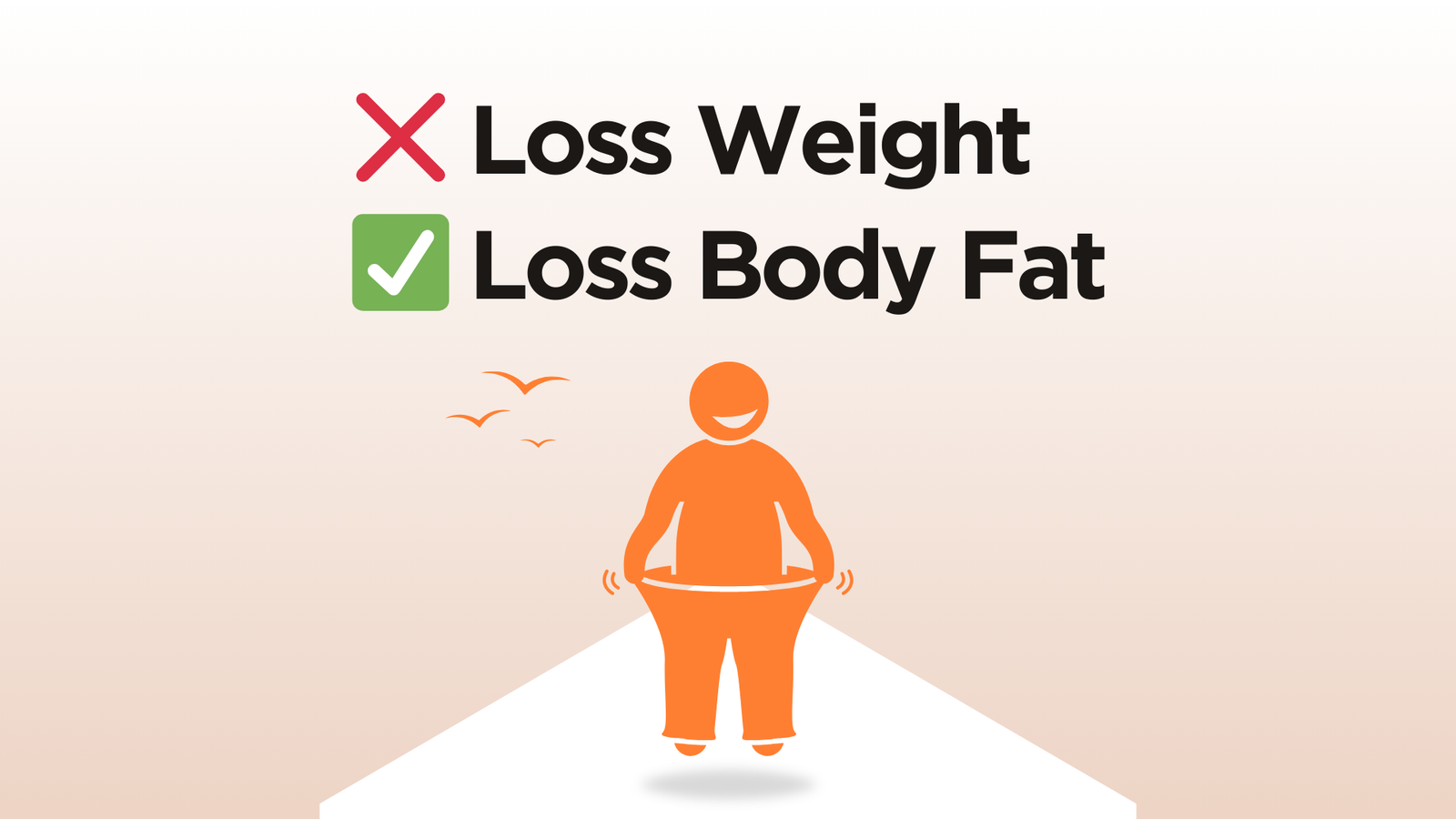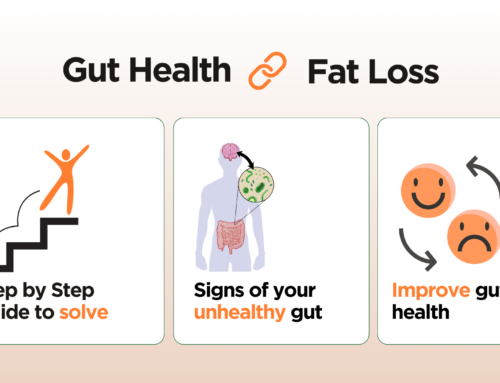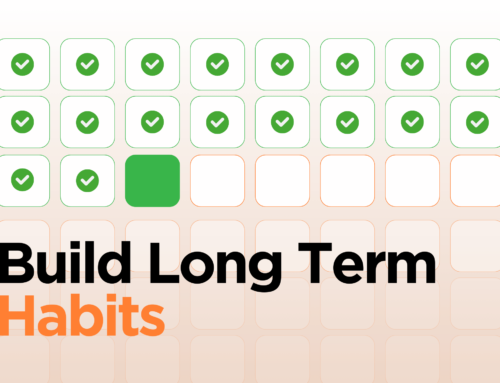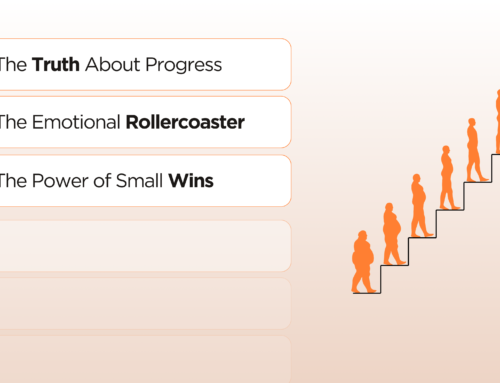How you can lose your full body fat not just weight
Have you been losing weight but still feel frustrated with the way you look?
- Are you noticing the scale dropping but not the inches?
- Do you feel weaker or tired instead of fit and toned?
If so, it’s time to focus on losing body fat—not just weight. The two are not the same, and understanding the difference can change how you approach your fitness journey.
The Difference Between Weight Loss and Fat Loss
- Weight Loss: Refers to a decrease in overall body weight, including fat, muscle, and even water. This often happens when you crash diet or overdo cardio.
- Fat Loss: Specifically targets reducing body fat while preserving lean muscle, leading to a more toned and healthy physique.
Focusing on fat loss, rather than simply reducing the number on the scale, ensures that you look and feel better while improving your overall health.
Why Losing Body Fat Is More Important
- Better Body Composition: Lower body fat and higher muscle mass create a leaner, more defined look.
- Improved Metabolism: Muscle burns more calories than fat, even at rest. Preserving muscle boosts your metabolism.
- Sustainable Results: Fat loss is healthier and more sustainable than extreme weight loss methods.
- Enhanced Strength and Energy: Retaining muscle keeps you strong and energetic.
The Science of Fat Loss
Losing fat comes down to a simple formula: burn more calories than you consume, but in the right way. Here’s how it works:
- Calorie Deficit: Create a slight calorie deficit (eating fewer calories than your body burns).
- Muscle Preservation: Include strength training to maintain and build muscle.
- Metabolic Boost: Add protein to your diet to support muscle repair and growth.
- Hormonal Balance: Manage stress and sleep to optimize fat-burning hormones like cortisol and insulin.
Steps to Lose Body Fat, Not Just Weight
1. Prioritize Strength Training
Building and maintaining muscle is key to fat loss. Include exercises like:
- Squats and lunges for your lower body.
- Push-ups and dumbbell rows for your upper body.
- Core-strengthening moves like planks and sit-ups.
2. Don’t Skip Cardio—but Do It Right
Cardio burns calories, but overdoing it can lead to muscle loss. Instead, focus on:
- High-Intensity Interval Training (HIIT): Short bursts of intense activity followed by rest.
- Moderate Aerobic Activities: Brisk walking, dancing, or cycling for endurance.
3. Eat for Fat Loss
Your diet plays a significant role in fat loss. Include:
- Protein: Lean meat, fish, tofu, lentils, and eggs to repair muscles.
- Healthy Fats: Nuts, seeds, avocado, and olive oil to keep you full.
- Complex Carbs: Whole grains, fruits, and vegetables for sustained energy.
4. Stay Active Throughout the Day
Incorporate movement into your daily life, like:
- Taking the stairs instead of the elevator.
- Walking during phone calls.
- Stretching while watching TV.
5. Track Progress Beyond the Scale
The scale doesn’t tell the full story. Use these methods to measure fat loss:
- Body Measurements: Track inches lost around your waist, hips, and arms
- Clothes Fit: Notice how your favorite outfits fit better over time
- Progress Photos: Take weekly photos to see visible changes
Common Mistakes to Avoid
- Relying Only on Cardio: This can lead to muscle loss and a “skinny fat” appearance
- Crash Dieting: Severe calorie cuts can slow your metabolism and lead to weight regain
- Skipping Protein: Without enough protein, your body may break down muscle instead of fat.
- Ignoring Sleep: Poor sleep disrupts hormones that control hunger and fat storage
FAQs About Fat Loss
Q: Can I lose fat from a specific area, like my belly?
A: Spot reduction isn’t possible, but losing overall fat through diet and exercise will reduce fat from all areas, including your belly
Q: How fast can I lose fat?
A: A healthy rate is about 0.5–1% of body fat per month. Consistency is key
Q: Can I lose fat without losing muscle?
A: Yes! Strength training, eating enough protein, and avoiding extreme calorie deficits will help
A Day in the Life of Fat Loss
Here’s a sample routine to help you balance activity and healthy eating:
- Morning:
- 10-minute yoga or stretching session
- A high-protein breakfast like eggs and avocado toast
- Midday:
- 30-minute strength training or brisk walking
- A balanced lunch with lean protein, veggies, and whole grains
- Evening:
- Light activity, like dancing or playing with kids
- A healthy dinner with grilled chicken, roasted vegetables, and quinoa
- Night:
- Relax and sleep for at least 7–8 hours to support recovery
Conclusion
Losing body fat—not just weight—requires a balanced approach of healthy eating, effective workouts, and lifestyle changes. By focusing on fat loss, you’ll achieve a leaner, healthier, and more sustainable transformation
Are you ready to start your fat-loss journey? Take small steps today, and watch your confidence grow as your body transforms!





